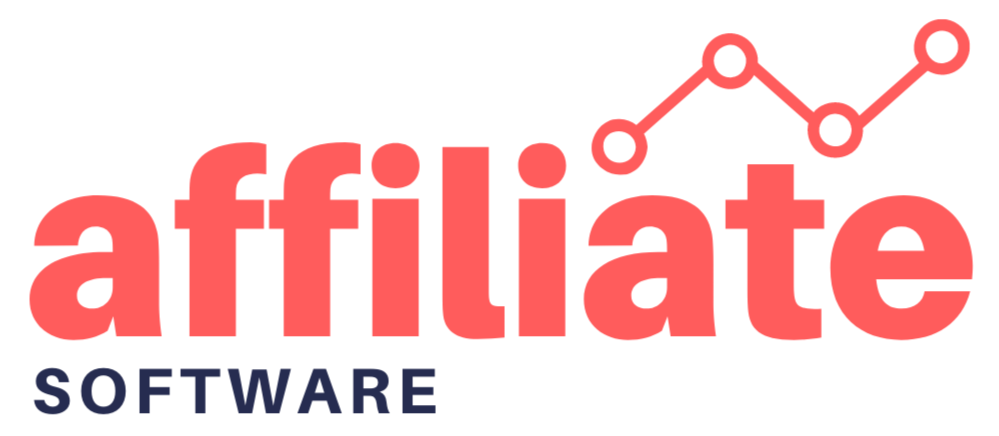Perhaps the biggest and best indication that your company is doing something right is having a large volume of returning customers that recommend your product to others.
It means that they like you, and they’re happy to spread their enthusiasm.
But it also increases the chances of acquiring more customers along the way—customers trust other customers.
As the saying goes: if something happens twice, it’s a coincidence. Three times it’s a trend.
Repeat referral patterns should be nurtured, but they can even be formed. If you do this by providing a financial incentive for referrals, it is simply known as a “refer-a-friend” scheme.
In the most fundamental sense, referral schemes are affiliate programs that allow other companies or individuals (usually only approved by you to send traffic to your site in return for a fee.
Before you get started
Before you start a potentially long and complicated route, it’s worth thinking, what you can do with your current assets.
As a first point, take a step away from refer-a-friend or affiliate schemes to see what you can do with your current setup. Contacting customers through your social media platforms is a simple solution. Some people may only need a nudge in the right direction (rather than a commission) to refer their mates.
Why affiliate programs work so well?
People feel reassured by a third party endorsement in a way that is almost second-to-nothing. No matter how honest we want our business ads to be, everybody knows that a business can only ever say positive things about itself. So if you’ve managed to persuade someone else to do this—well, you’ve got to do something right. The testimony of a person gives credibility to many people.
Even the people referred to in this way, who are also likely to spend money with you. Birds of a feather flock together, and it is possible that your customers are related to people similar to them and that they are involved in similar things.
The importance of your business type
Subscription-based companies—television, broadband, our banks, etc. use many refer-a-friends, so the average benefit per new customer can be significant when people have to pay every month and when changing providers retake time.
So you need to do your research to understand the average value that each new customer brings to your market (and what this means for the introduction of these schemes). If you sell low-value goods that involve a high number of buyers, it is doubtful that the refer-a-friend scheme can yield enough value per referral to justify itself.
That’s because refer-a-friend schemes prioritize the customer over the transaction and typically pay a lump sum of money as a reward. This means that they are ideal for the types of businesses mentioned above, where each customer is worth a lot.
If you are a reseller and sell a commodity (like a stationary one), offering those who refer to you a small percentage of each sale would be more feasible than the lump-sums typically used in refer-a-friend schemes (because the value of the transaction per customer is tiny, and what you need is the number of customers rather than ‘quality’ (per se).
This means that a conventional affiliate scheme could work better for you. They (at their best) send a high amount of traffic, and the affiliate earns per sale, so you’ll never lose money on a transaction if it’s set up correctly, and the affiliates will know that their success is dependent on completed transactions. In the next section, let’s look at ways to incorporate both systems in more detail.
Referral program
In fact, you’re not only comparing your friend to your affiliate marketing. You equate that to how else you could spend the money on other networks. Refer-a-friend advantages vs. more traditional marketing forms (e.g., Pay Per Click) include:
- Usually, you pay only if customers do business – no wasted money on dead leads.
- Trust – as we have said, the endorsement is essential.
If you’re not sure if this strategy will work for you, here are a few ways you can try it out.
Super Easy Choice
If you’re hoping to test the waters and have a few friends in mind who are a good match (or maybe your sales aren’t actually processed online—people are coming to your store to trade), this ‘home-made’ style approach may work for you.
Get in contact with those you think will be interested, and provide them with a code to apply their referrals to you and agree with the commission they would receive in advance. Be clear that it’s their responsibility to make sure that every new customer needs to give you the code when they buy it to receive their fee.
More complex options
Assuming your friends choose to connect to their site (rather than deliberately handing out a social or word of mouth code), you can simply link them to their own particular landing page on your site.
Transactions performed on this page will recognize those that come from your mates. You can create secret pages in most web builder systems. There are a variety of ways to do this on WordPress, for example. Build one hidden page (which doesn’t appear in Google results and isn’t accessible from your site) per friend to prevent confusion regarding where transactions came from.
Affiliate systems
As we have stated, affiliate schemes appear to be heavier duty systems designed to automatically process vast volumes of orders from partner sites (who may or may not actually use your services themselves).
Often, affiliates will select you because they believe that your service or product is complimentary or adds something they don’t do. A TV business could be a subsidiary of a wall mounting company—a chance for them to make more out of a service they don’t provide directly.
There are many ways you can handle the launch of an affiliate program. It is worth remembering from the outset that a substantial expenditure of both time and resources will be needed to do this on a large scale.
Big-time Affiliate Sites
At Namecheap, we used to run our affiliate program internally but decided (for some of the reasons outlined above) that using external affiliate networks would be more resourceful.
Big affiliate networks are tailored to manage large-scale affiliate programs. One of their main draws is their pools of potential affiliates for you—people who are actively looking to participate in new affiliate programs.
These systems appear to be more costly than the plugin equivalents we reviewed above. They usually require a monthly fee and occasionally commission per sale. What you get with them is a degree of complexity and automation that most plugins can’t replicate.
SAAS Programs
If you can handle your own internal affiliate contacts (either using a bespoke system or one such as the WordPress systems mentioned above the Software as a Service (SAAS) platform mostly offers to monitor solutions and occasionally paying out. Basically, they’re taking on the affiliate management pieces that seem to be the most tricky while leaving the rest to you. They cost less than complete services for this purpose.
One of the best SAAS affiliate marketing software is Scaleo. Check it out!
Full Affiliate Network
These networks are costly but always worth it. Providers such as CJ, Tradedoubler, Awin, and ShareASale are some of the most popular affiliate networks.
They take care of everything from account management to link-tracking and payouts. But let’s get to the bottom of it—the key thing you get with the full affiliate network is a pool of affiliates searching for stuff to support. This ensures that people can discover your site organically and then ask to become an affiliate. You should test them, accept them, and administer their own payments, and the system will do the rest.
You need to track stuff and contact your clients from time to time to remind them of your presence.
The upside:
- Advanced monitoring, account management, and payments.
- Affiliate pools of future clients.
The downside:
- Price – it may be a term, but it’s a big one. These devices can be very costly from the outside. You can notice various pricing models that are divided between the percentage commission and the monthly fee. Some of these are better when you start but get more costly when you grow, or vice versa—but essentially, you’re going to have to choose carefully (and pay monthly).
- There are no assurances – not all of the affiliates produce revenue. A high percentage simply doesn’t work out, so you could end up out of pocket if your program isn’t popular with active affiliates.
Conclusion: what’s the best affiliate program choice for you?
There is no hard-and-fast rule on which route to take. Fast tricks to help your friends refer people might be the best choice if you have a limited amount of time and money to spend and if you’re not too tech-savvy when it comes to sites.
If you have a big site that you think will do well on a fully-fledged network, you don’t need to be as tech-savvy, but you’re going to pay (and hopefully earn) more.
The best advice is to adopt—create your own strategy that works for you and don’t over-invest until you try to see how it works. Test the water to try it more clearly before you get in for a swim.




1 Comment